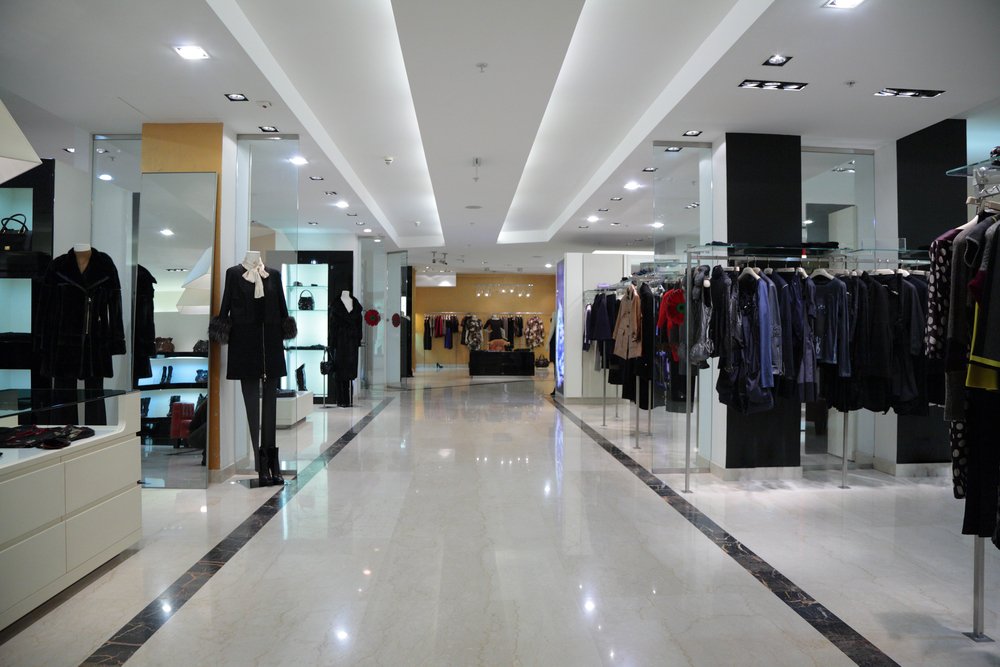
Find out how space planning and customer experience can drive higher profits and lower operative costs.
Physical real estate can be seen as a blank canvas in some ways, being used, designed and configured in a multitude of means.
This cannot be truer for retail property, with sales that are often dependent on customer experience and interaction. In today’s digitized consumer environment, the way retailers use physical space to connect with shoppers is important. Customers enter stores, branches, etc., with more purpose and product knowledge. They also have expectations on how their retail experience should be.
In retail marketing, executives use data indicators to understand how marketing efforts transition into direct sales. They include customer acquisition costs (the percentage spent on marketing relative to new sales), conversion rates and retention. Executives analyze these “marketing metrics” to understand the ROI of corporate sales strategies.
How can real estate executives partner across non-traditional functional areas to impact organization results? What sorts of marketing metrics should they consider for real estate? We list three below.
The Experience
With the growth of online shopping and banking, the physical shop and bank branch remain important for reinforcing branding and product awareness across sales channels. A great physical experience can drive more retention and new customers. For real estate executives, key experience metrics include:
- Frontage: What is the total linear square feet of the space? What is the linear square feet-to-rent ratio?
- Advertising: How much of the frontage is available for marketing and advertising? What is that “billboard” potential relative to rent and occupancy costs?
- Interaction points: Beyond building depth, what are the key customer interaction points when they enter the store?
The Capacity
Adopting a “one-size fits all” space strategy can often result in underperforming sales. This is because merchandise, sales counters and customer flow are not optimized. No store, space or target demographic is the same. Thus, real estate executives need to treat layout and space planning as a localized process to drive the most sales and conversion rates. Key capacity metrics include:
- Efficiency: What is the checkout counters-to-leasable space ratio? Average shopping time relative to wait times? What are the incremental cost and speed of more sales/service counters or sales/service staff?
- Flow: How do customers move through space relative to high traffic areas and key product displays? For retailers with significant stock, how is merchandise positioned?
- Staff and stock: Is my stock being loaded, and distributed efficiently relative to the space and occupancy costs? Are staff satisfied with their break rooms?
The Technology
Beyond physical space planning, technology also plays a key role in marketing metrics. It helps real estate executives analyze and optimize these metrics along with space planning strategies:
- Energy use: How is infrastructure adding to energy use and operating costs? What are the incremental gains for sales relative?
- Merchandising: Based on the space, how are key product lines being featured? Does the space accommodate more than one or two interaction points for products? How are planograms optimized for both store-specific and corporate-level needs?
Marketing metrics remain primarily a tool of marketing managers. But real estate executives can draw parallels into understanding how space planning and design can drive more sales. Technology products such as the iPlan™ Portfolio and iPlan™ Assessment Solution can help real estate executives collect, deliver and report on key marketing metrics to enable analysis and maximize real ROI.
Photos: Pavel L Photo and Video / Shutterstock.com, fiphoto / Shutterstock.com

 Share on Facebook
Share on Facebook
